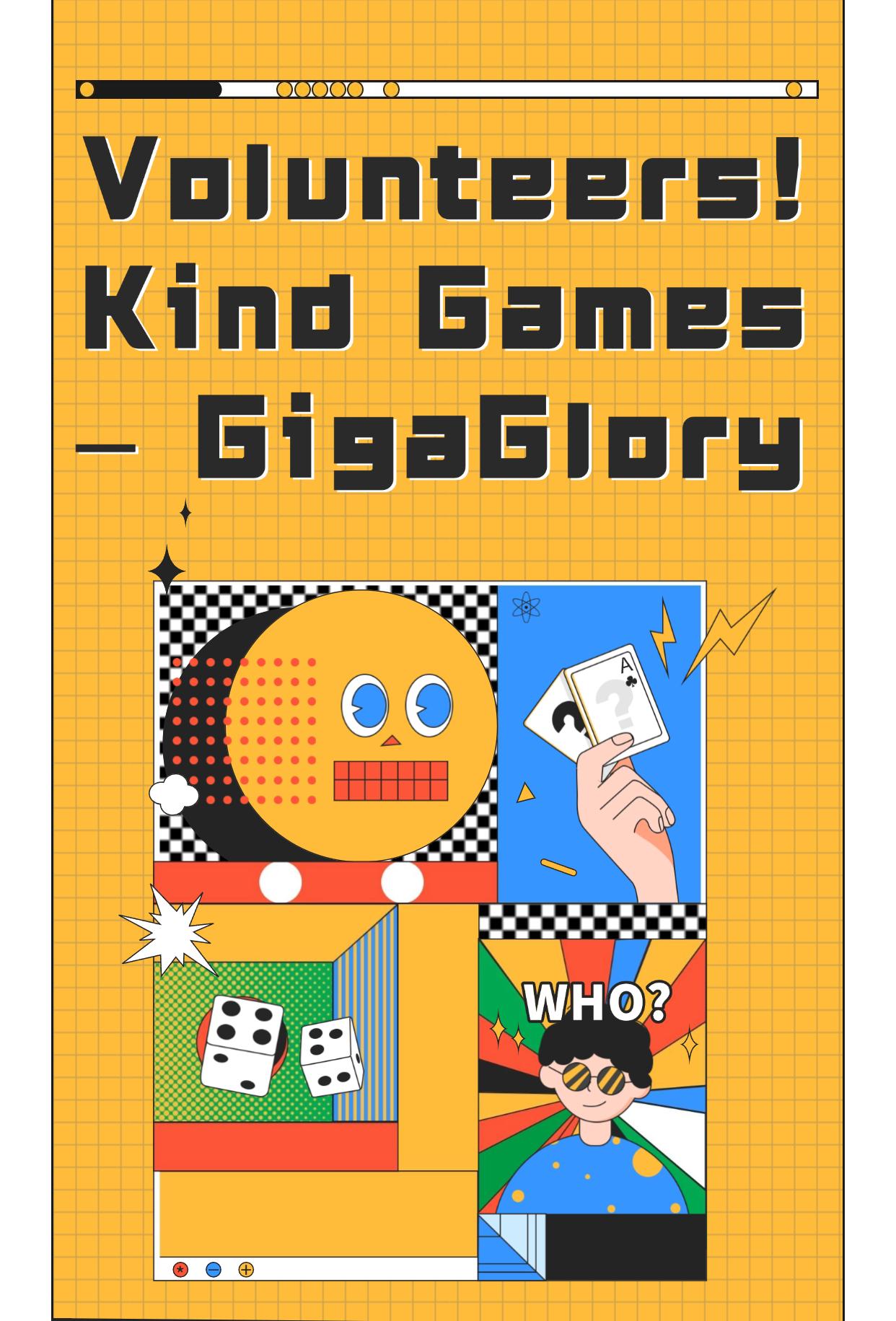Unlocking Learning: How Browser-Based Educational Games Are Revolutionizing Students' Engagement
In a rapidly evolving educational landscape, one trend is standing out: browser-based educational games. These games are not just a fun distraction; they are a powerful tool that can significantly enhance student engagement and learning outcomes. Let’s explore how these digital platforms are transforming education in ways that are accessible and enjoyable for students. Throughout this journey, we’ll uncover various examples and discuss some key insights about their effectiveness.
The Rise of Browser-Based Games
In the last decade, there has been an explosive growth in the popularity of browser games. With the increasing accessibility of the internet and advancements in technology, educational games have popped up everywhere. From simple quizzes to intricate simulations, the range has expanded tremendously. Today’s students, who are digital natives, gravitate towards these platforms naturally.
Can Games Enhance Engagement?
Absolutely! Engagement is one of the critical factors in successful learning. Traditional teaching methods sometimes fail to captivate students’ attention. However, browser-based games create immersive experiences that keep students focused and motivated. They cultivate a sense of competition and achievement, pushing students to excel while they have fun.
Benefits of Educational Games
- Interactive Learning: Engaging with content through play reinforces memory retention.
- Immediate Feedback: Players receive instant results, allowing them to understand their strengths and weaknesses.
- Social Interaction: Many games allow for multiplayer experiences that foster collaboration among peers.
- Flexibility: Students can learn at their own pace, making educational games an adaptable learning solution.
How Do They Work?
Browser-based educational games typically incorporate various learning theories into their design. By using elements of game mechanics such as points, levels, and rewards, these games motivate students to engage in the learning process. For instance, the game “Potato Salad: The Game” provides a humorous and interactive way to teach various concepts through its engaging gameplay.
Fan Man Crashes Boxing Match: A Teaching Moment?
Talk about unexpected! The infamous “Fan Man” incident during a boxing match serves as a compelling example of how real-world events can relate to learning. Educators can use the chaos of that moment to create unscripted exercises within games, encouraging students to analyze and think critically about sudden changes in scenarios. Educational games can simulate such unpredictable events, teaching students adaptability and problem-solving skills.
Designing Effective Educational Games
When designing these games, developers should consider several aspects. Here’s a quick checklist:
- Clearly defined learning objectives.
- Engaging storylines that motivate players.
- Appropriate difficulty levels to keep players challenged yet not frustrated.
- Visual aesthetics to enhance the gaming experience.
- Integration of rewards to promote continuous engagement.
Data-Driven Insights: What the Numbers Say
To understand the effectiveness of educational games, we need to look at some statistics:
| Statistic | Percentage |
|---|---|
| Students who enjoy learning through games | 85% |
| Improvement in retention of information | 60% |
| Students feeling more motivated to study | 70% |
Common Misconceptions About Educational Games
Despite their benefits, educational games often face skepticism. Some common misconceptions include:
- They are just distractions for students.
- They are too simplistic to be effective.
- They cannot replace traditional learning methods.
In reality, when utilized correctly, these games complement traditional education methods, reinforcing and enhancing learning.
Teachers' Perspectives
Educators across the board have embraced the incorporation of games into their classrooms. Teachers find that students are more willing to engage with material when they can learn through play. One teacher mentioned that “using browser games feels like a cheat code for student engagement!”
Peer Learning Through Gaming
With many browser educational games designed for multiplayer experiences, they promote peer learning. Students can collaborate, share strategies, and help each other overcome challenges. This social interaction improves not only academic performance but also essential skills required in today’s workplaces.
Does Age Matter?
Not really! While some may think educational games are only suitable for younger audiences, they can be adapted for various age groups. From elementary kids excited about learning math through games to high school students experiencing history through simulations, these games cater to a broad spectrum of learners.
The Future of Educational Games
As technology continues to advance, we can expect educational games to become even more sophisticated. Augmented Reality (AR) and Virtual Reality (VR) are on the horizon, paving the way for immersive educational experiences. Imagine learning complex scientific concepts through a VR simulation that feels like a video game!
Setting Up Gaming in the Classroom
Here are some steps educators can take to implement these games:
- Identify your learning objectives.
- Choose games that align with these objectives.
- Incorporate game time into your lesson plan.
- Encourage collaboration and discussion among students while playing.
- Assess learning outcomes and adjust your approach as necessary.
Additional Resources for Educators
Educators can access a wealth of resources that provide guidance on choosing and implementing educational games. Here’s a selection of valuable websites:
- Edutopia: Tips on incorporating games in the classroom.
- Kahoot: Create fun learning games.
- Quizlet: A platform for creating quizzes in a game format.
Conclusion
In summary, browser-based educational games are revolutionizing student engagement in an increasingly digital world. They create pathways for dynamic interactive learning that traditional methods may lack. Embracing these games within classrooms can lead to improved student outcomes, regardless of age or subject matter. So why not give it a try? Unlock the potential of gaming in education today and witness the transformation in your students’ learning experience!



